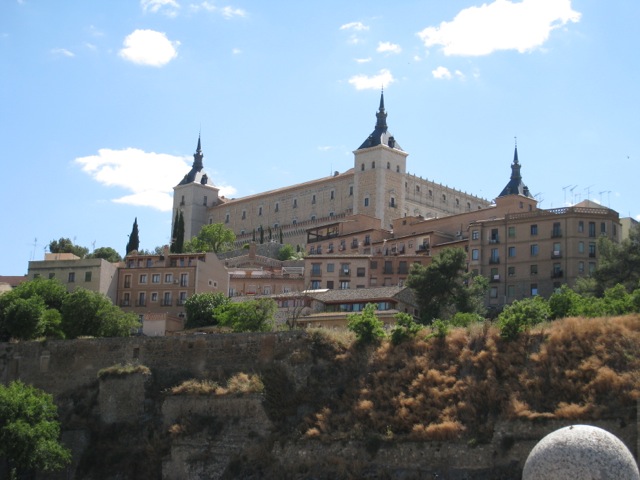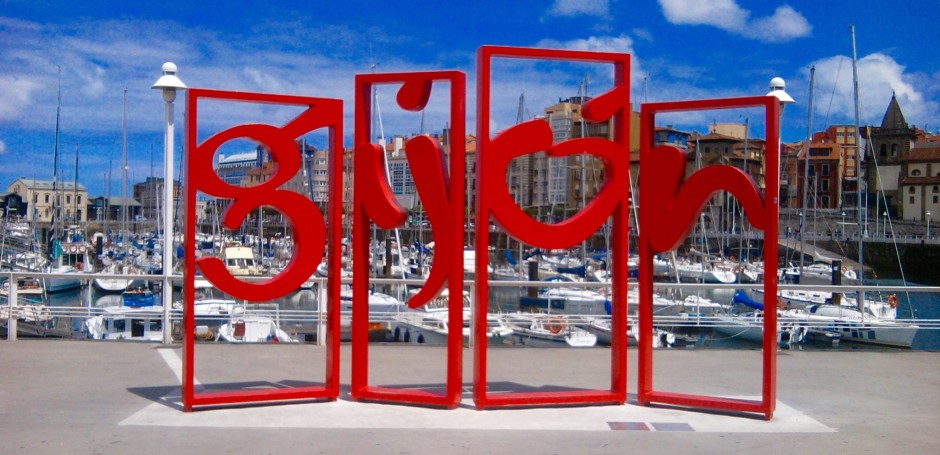
I had never heard of Gijón, the Big Apple of Spain, until I read an article in American Way magazine, an American Airlines in-flight publication. Curious about the former fishing village, known for its cider, we decided to check out the port city. We woke to a gray day with storm clouds hovering low and threatening. Drizzle chased us from Suances to Gijón as we motored along the Bay of Biscay, but as we entered the town, the sun peeked through the clouds.
We began our exploration with a walk along the waterfront. Playa de San Lorenzo is a beautiful, crescent-shaped, golden-colored beach and has a five-thousand-foot-long promenade that stretches along the water. Parts of the coastline are rocky, and areas do have strong currents as well as big waves, but we had no plans to swim or sunbathe, merely to take in the scenery.
At the end of the promenade, we retraced a path to San Pedro Church, which is located at the foot of the original village Cimadevilla, the oldest part of Gijón. The style is Romanesque Asturian, typical of the architecture seen throughout the Cantabrian seaboard. Unfortunately, the church was locked, so we began the steep climb through the narrow cobblestoned street to Cerro de Santa Catalina, a park at the tip of Cimadevilla’s peninsula, to see the stunning coastal views. On our way down, we came across the ruins of an old Roman settlement and baths. We explored them, then toured the city square, before our thoughts turned to lunch and fabada asturiana. Fabada is a rich Spanish bean stew, a hot and heavy dish best served for lunch and best eaten on a day like that one: chilly and rainy. Ours was served with crusty bread and a glass of Asturian cider. For dessert, we purchased turrón at a nearby bakery to nibble on during the drive back to Suances. Turrón is either duro (hard) and crunchy, or blando (soft) and chewy. The candy is made from toasted Marcona almonds, sugar, honey, and egg white.
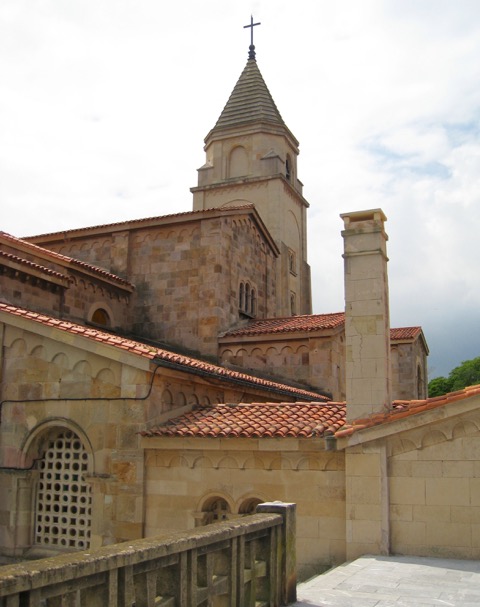
San Pedro Church in Gijón
I knew from experience that the Spanish eat dinner much later than we do in the US, so we had made reservations at Restaurante La Dársena for nine. Even then, we had the restaurant to ourselves until the stroke of ten. When we arrived the maître d’ gave us a quizzical stare, as though he was stunned to see anyone looking for a table at this early hour. After some scurrying around, we were shown to our table with a view of the marina. Our server informed us he was Argentinian and had recently relocated to Spain. When it came time to order, we couldn’t understand him and he couldn’t understand us despite our Spanish, which is pretty good. Suddenly, he threw his arms into the air in exasperation and walked off. Not the best start to a meal, but he soon returned with a platter of raw fish. He pointed and we nodded or shook our heads. He understood “broiled” and looked rather pleased with himself as he walked away to fill our wine order.
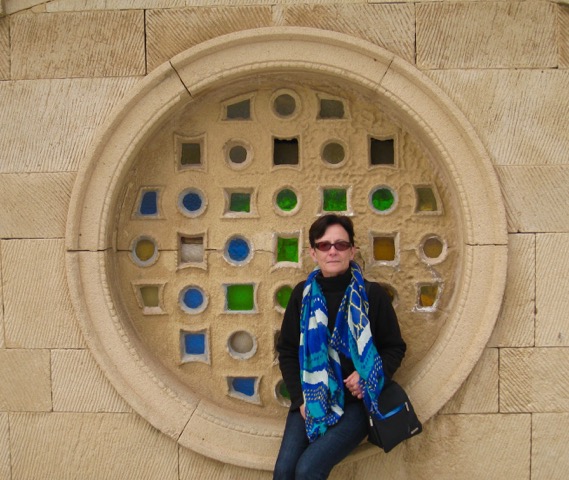
Me at San Pedro Church in Gijón
The incident reminded us of another dining experience. We were at a small family restaurant in Croatia, and the lunch menus weren’t in English. We asked for help, but our server just nodded to anything we said. Not very hungry, we ordered three starters—at least that’s what we thought. When the meal came, we were dismayed to see three main courses. Before we touched the food, we asked to see the owner. We explained our mistake and told him we would pay for the third meal, but could he please take one back. He simply nodded and whisked away the beef stew, which he handed to a man behind the counter. The man took a seat at a nearby table and proceeded to eat it. The check came and the owner had removed the dish from the bill. However, we included the cost of the stew in our bill, paid it, and gave our server a good tip. As we were leaving, the owner said in perfect English, “I hope you enjoyed your meals, and please come again.”
At La Dársena our wine arrived, and twenty minutes later our meal came. Oh no, I thought. Déjà vu. No way could we eat all of this seafood, one large and two small platters of fish and shellfish. But we did. And other than a loaf of crusty bread, that’s all we had for dinner, and every bite was broiled to perfection. Fish, bread, and wine: a fine meal indeed.


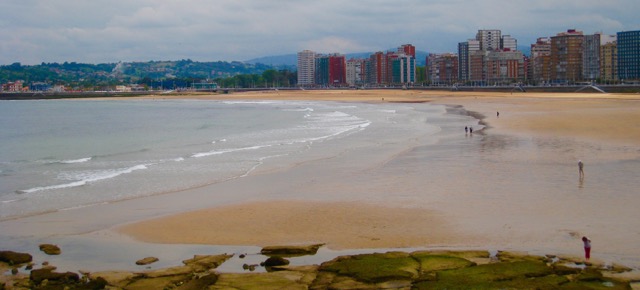

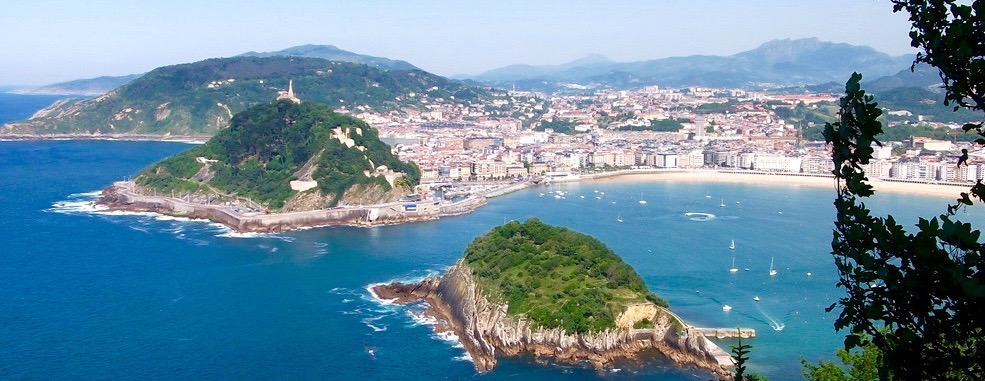
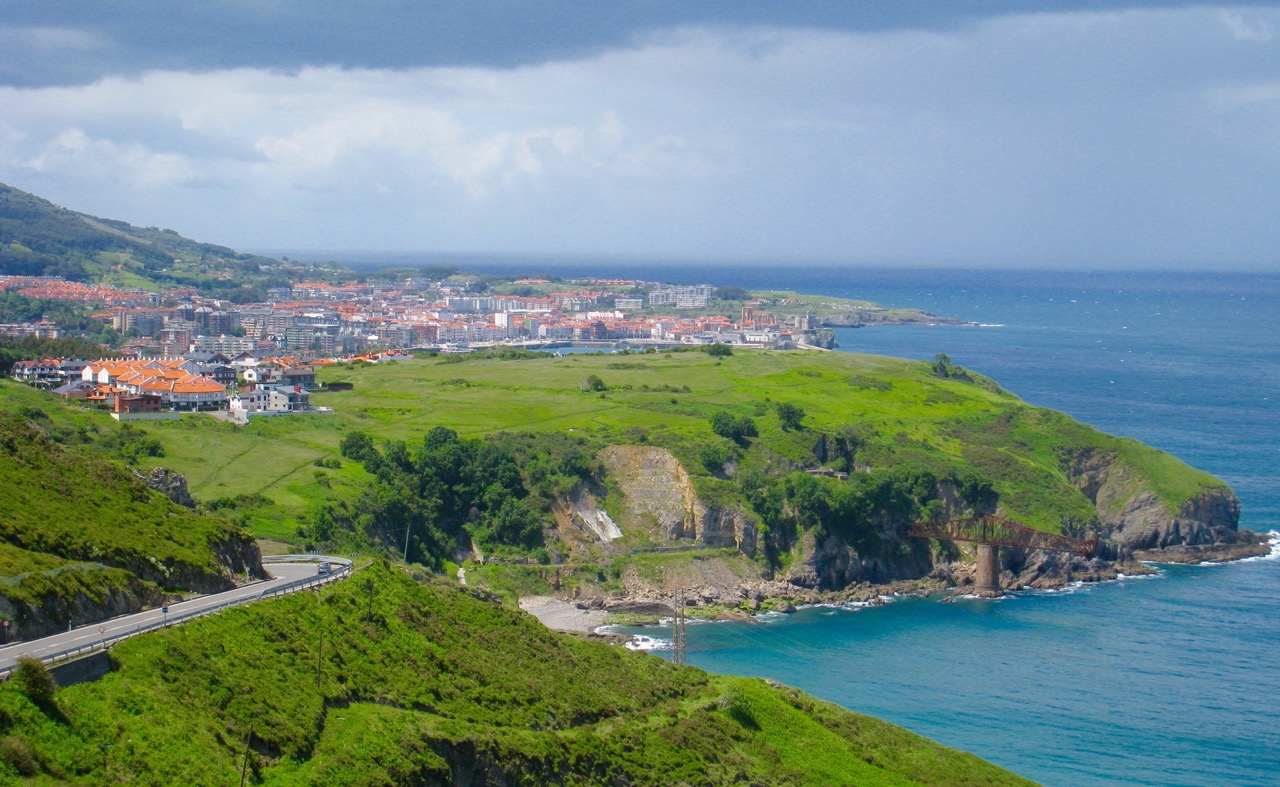 Rain followed us on our drive from Santander to Suances, and we never saw the sun again that day. As we closed in on afternoon, the temperature began to fall, and a cold breeze snaked its way into the car. Thankfully, the antibiotics had knocked out our colds, so I wasn’t concerned about the inclement weather. When we pulled into the front lot of the Albatros Hotel, Dave looked at me and said, “Uh, this wasn’t exactly what I had in mind.” I asked him what he expected from a hotel with the word “albatross” in its name. We checked in and followed the directions to our room. I have a keen sense of smell, and a faint musty odor hung in the dimly lit hall. The room was sparsely furnished, the bed resembled twin cots shoved together, and the shower drain in the dated bathroom was so clogged with hair, the water would not drain. I called housekeeping to unclog the shower and went to the window to see the tranquil view—cows grazed in a lush pasture, and patches of blue peeked through an overcast sky. We unpacked, and I suggested we go downstairs for a cocktail before dinner.
Rain followed us on our drive from Santander to Suances, and we never saw the sun again that day. As we closed in on afternoon, the temperature began to fall, and a cold breeze snaked its way into the car. Thankfully, the antibiotics had knocked out our colds, so I wasn’t concerned about the inclement weather. When we pulled into the front lot of the Albatros Hotel, Dave looked at me and said, “Uh, this wasn’t exactly what I had in mind.” I asked him what he expected from a hotel with the word “albatross” in its name. We checked in and followed the directions to our room. I have a keen sense of smell, and a faint musty odor hung in the dimly lit hall. The room was sparsely furnished, the bed resembled twin cots shoved together, and the shower drain in the dated bathroom was so clogged with hair, the water would not drain. I called housekeeping to unclog the shower and went to the window to see the tranquil view—cows grazed in a lush pasture, and patches of blue peeked through an overcast sky. We unpacked, and I suggested we go downstairs for a cocktail before dinner. On this trip we had two inside jokes. We could never find mustard for our sandwiches in any of the French delis we ate at, and no green olives for Dave’s vodka, not even in Italy of all places. We kidded each other about packing mustard before leaving on our next European trip and carrying olives as well. This reminded me of my father, who loved cilantro after being introduced to the herb in Mexico City. He would carry it with him in a small baggie and put it on almost everything. No wonder we kids love it.
On this trip we had two inside jokes. We could never find mustard for our sandwiches in any of the French delis we ate at, and no green olives for Dave’s vodka, not even in Italy of all places. We kidded each other about packing mustard before leaving on our next European trip and carrying olives as well. This reminded me of my father, who loved cilantro after being introduced to the herb in Mexico City. He would carry it with him in a small baggie and put it on almost everything. No wonder we kids love it.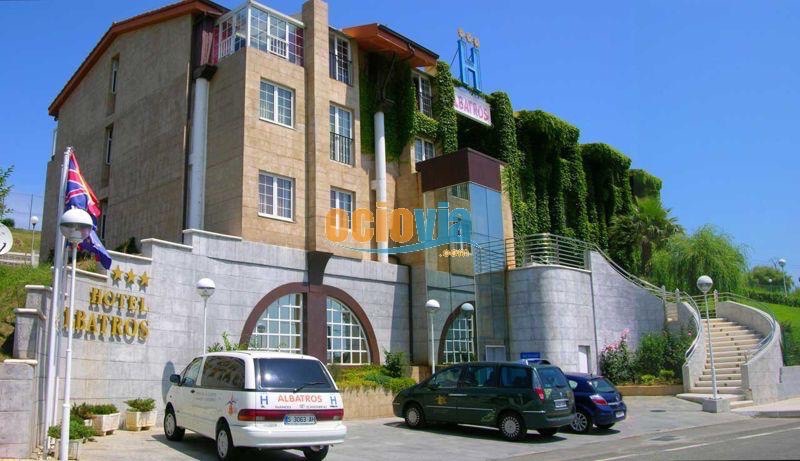 In the bar lounge, I ordered wine, and Dave a vodka on the rocks. When the server left, I asked, “Why didn’t you ask for olives?” He replied, “I’ve given up.” The server returned with our drinks, and to our surprise placed a bowl of large Spanish olives on the table “for us to snack on.” We explained our dilemma in Italy, and she said, “I know. There they make olive oil from them, but in Spain we eat them.” As for finding mustard in France, she said, “A lot of French people holiday in Suances, and the French love their mayonnaise.” We were about to find out just how much they loved it. We finished our drinks and went into the dining room for dinner. Because of the rain, we had decided to eat at our hotel rather than walk into town.
In the bar lounge, I ordered wine, and Dave a vodka on the rocks. When the server left, I asked, “Why didn’t you ask for olives?” He replied, “I’ve given up.” The server returned with our drinks, and to our surprise placed a bowl of large Spanish olives on the table “for us to snack on.” We explained our dilemma in Italy, and she said, “I know. There they make olive oil from them, but in Spain we eat them.” As for finding mustard in France, she said, “A lot of French people holiday in Suances, and the French love their mayonnaise.” We were about to find out just how much they loved it. We finished our drinks and went into the dining room for dinner. Because of the rain, we had decided to eat at our hotel rather than walk into town.